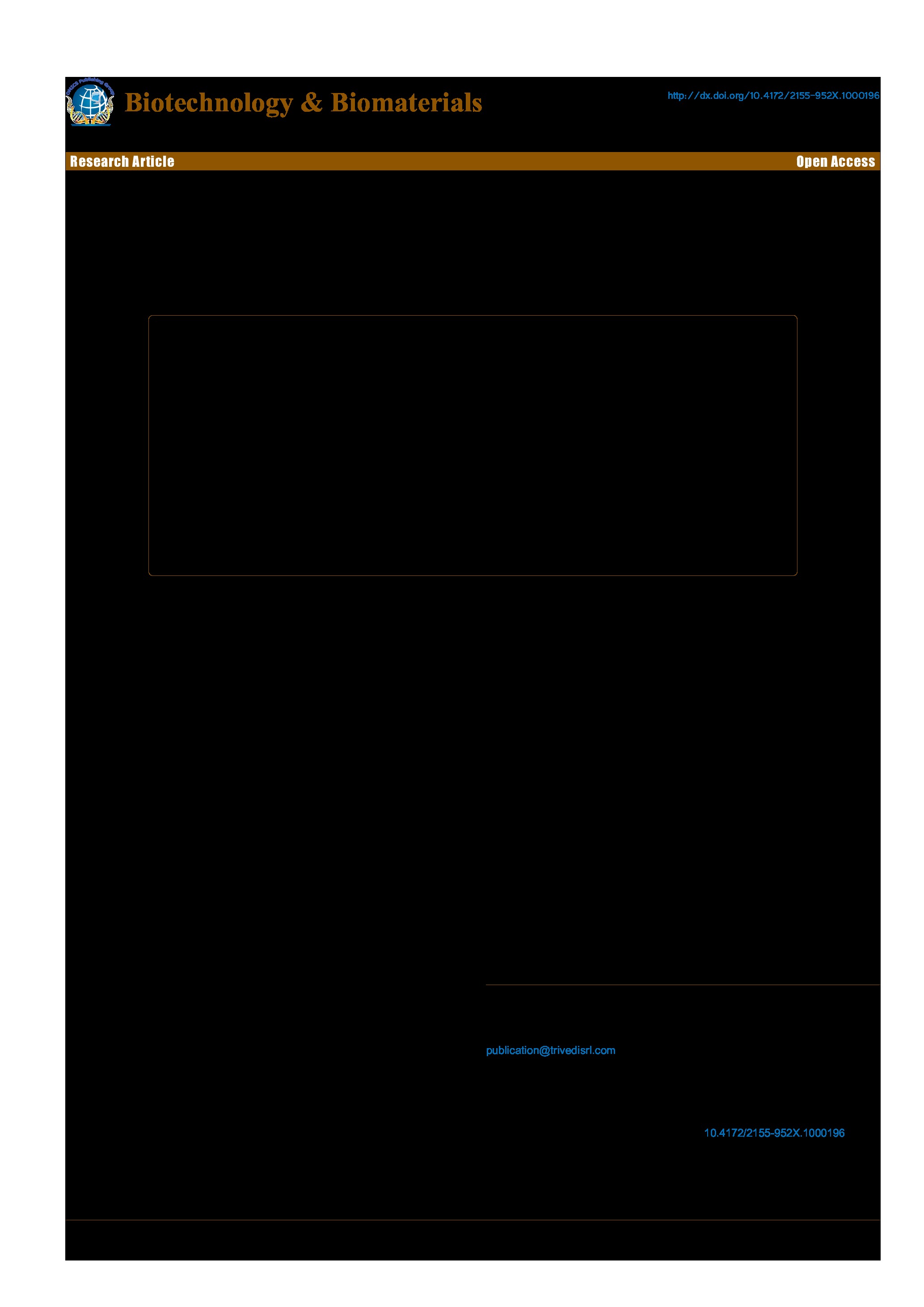Evaluation of Phenotyping and Genotyping Characteristic of Shigella sonnei after Biofield Treatment
Affiliation
Trivedi Global Inc., Trivedi Science Research Laboratory Pvt. Ltd.
Main category
Natural Sciences (Biology)
Abstract
Shigella sonnei (S. sonnei) is a non-motile, rod shape, clinically significant, Gram-negative bacterium. It is commonly associated with dysentery (shigellosis). Recently, resistance to third and fourth generation cephalosporins and fluoroquinolones has been reported in S. sonnei. In the present study, we assessed the effect of biofield treatment on phenotyping and genotyping characteristic of S. sonnei (ATCC 9290). The lyophilized samples of S. sonnei were divided in three groups (G): G-I (control, revived), G-II (treatment, revived), and G-III (treatment, lyophilized). All these groups (control and biofield treated) were analyzed against antimicrobial susceptibility, biochemical reactions, and biotype number. The 16S rDNA sequencing was carried out to establish the phylogenetic relationship of S. sonnei with different bacterial species. The treated cells of S. sonnei exhibited an alteration of 3.33%, 10%, and 23.33% of total 30 tested antimicrobials in susceptibility assay for G-II on day 5 and 10 and G-III on day 10, respectively as compared to control. The treated cells of S. sonnei showed a significant change of about 12.12%, 12.12%, and 57.58% biochemical reactions out of 33 tests in treated groups of G-II on day 5 and 10 and G-III on day 10, respectively. The biotype number was also changed in treated samples of S. sonnei. Based on nucleotide homology sequences and phylogenetic analysis, the nearest homolog species of S. sonnei (GenBank Accession Number: EU009190) was identified as Shigella flexneri (EF643608). These results revealed that biofield treatment can prevent the absolute resistance in microbe against the existing antimicrobials.
DOI
10.18147/smn.2016/paper:127
Do you have problems viewing the pdf-file? Download paper
here
If the paper contains inappropriate content, please
report the paper. You will be redirected to the landing page.
